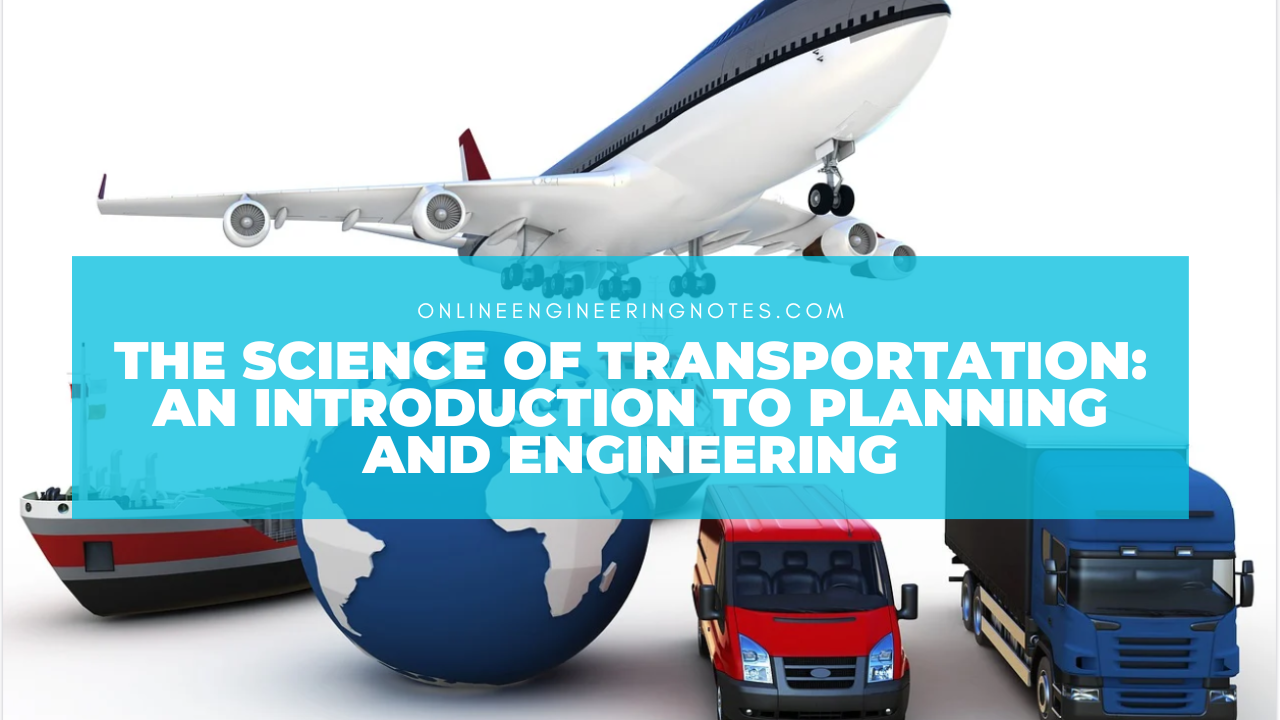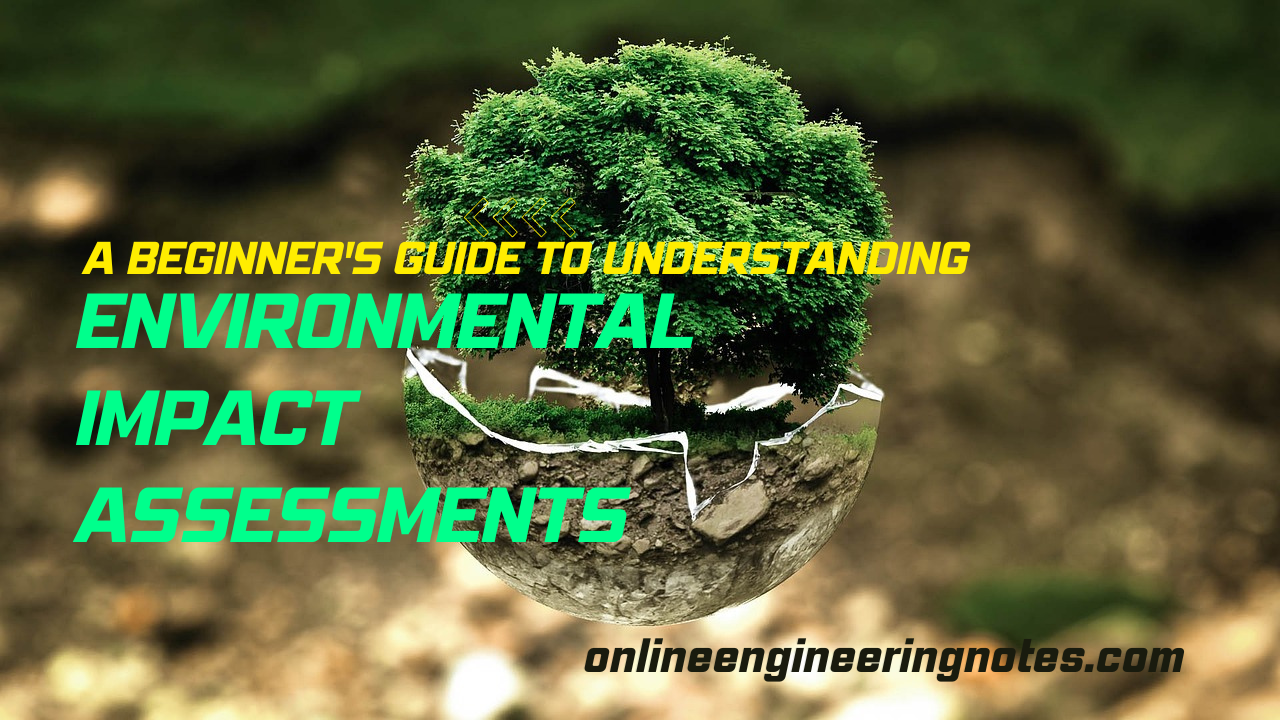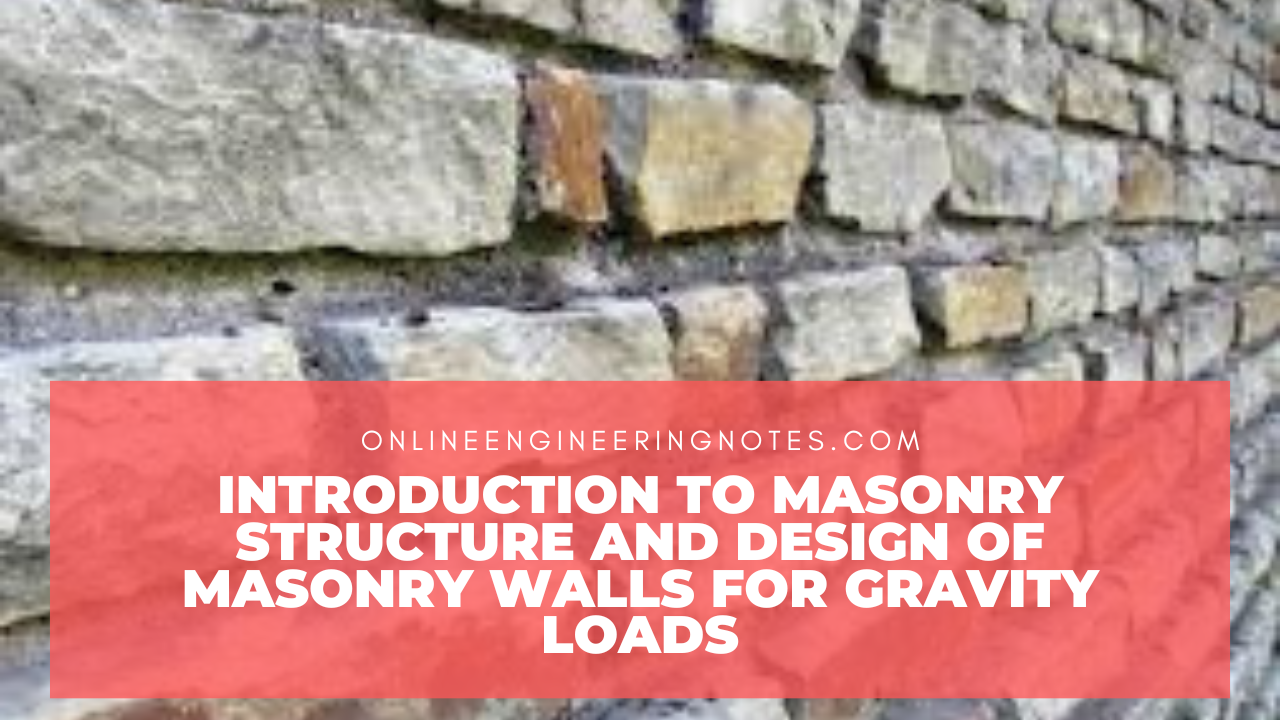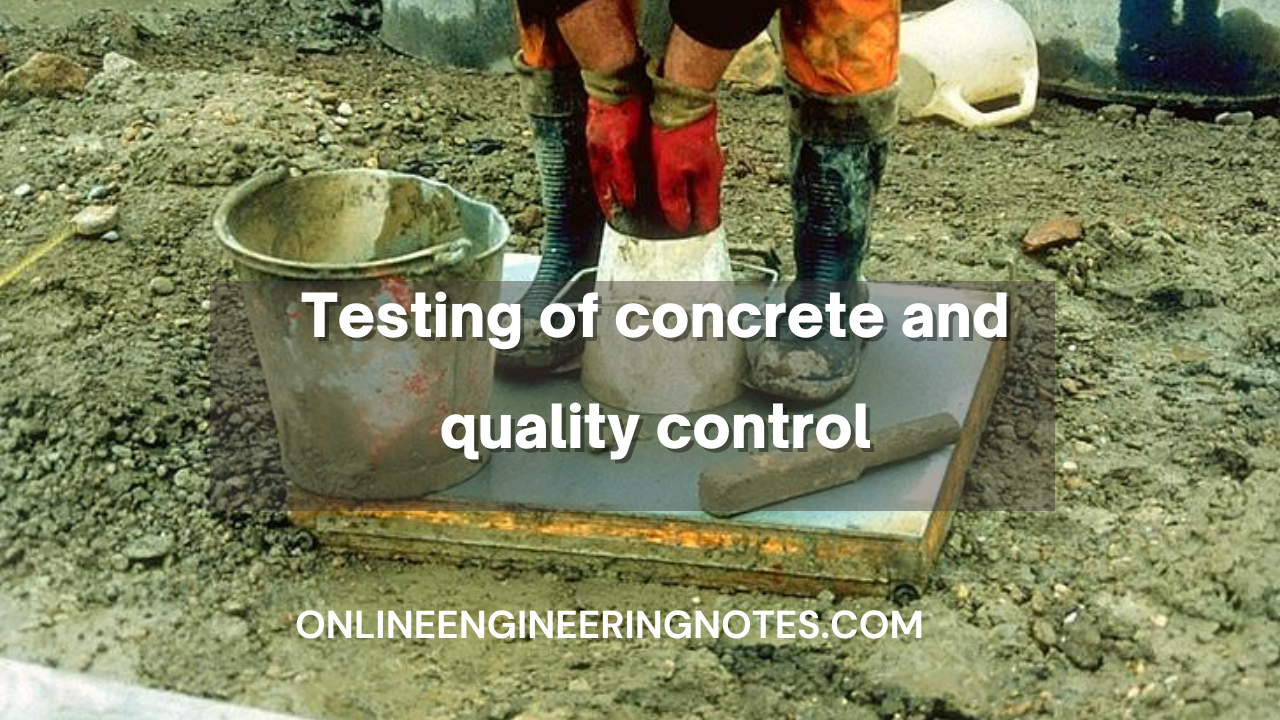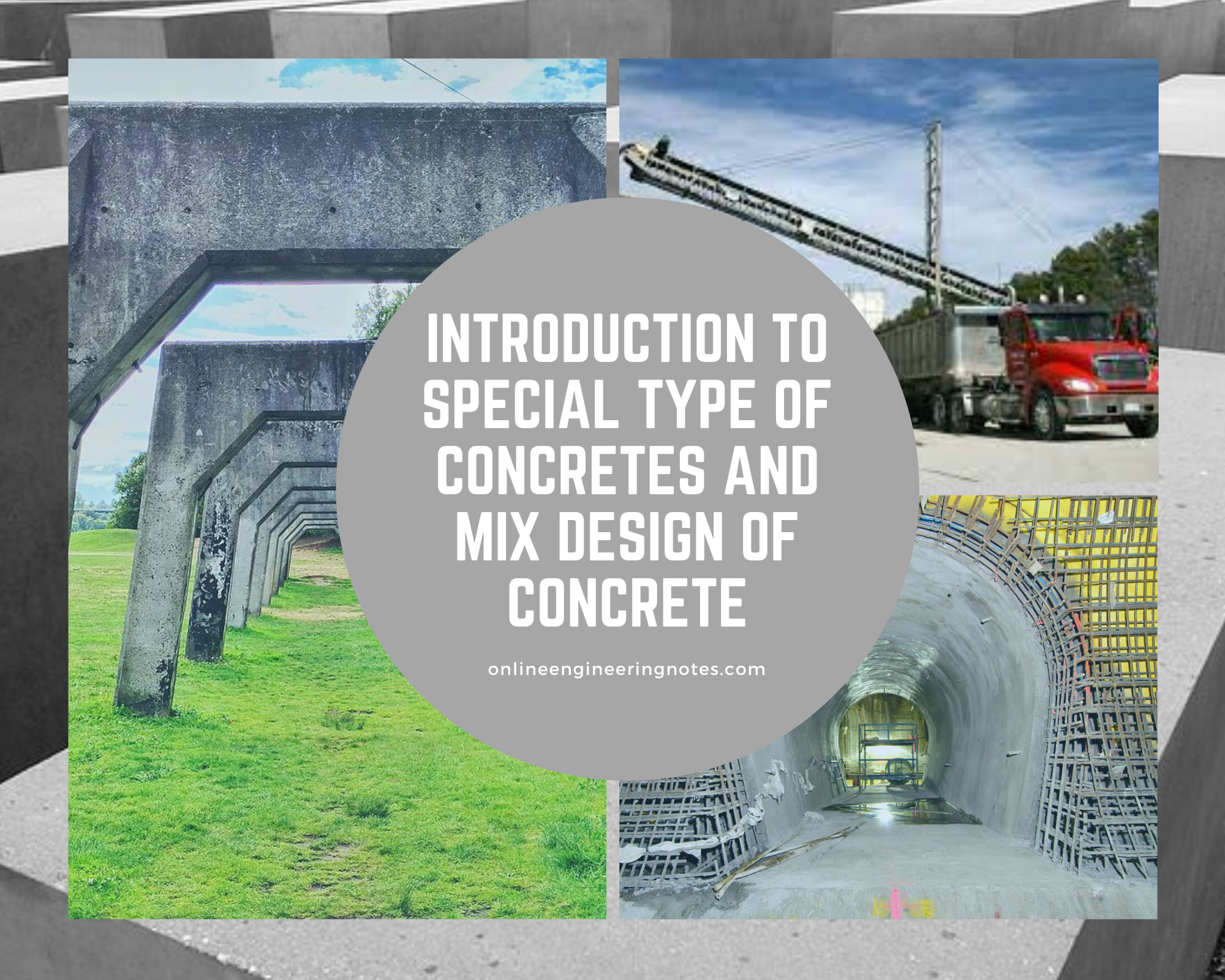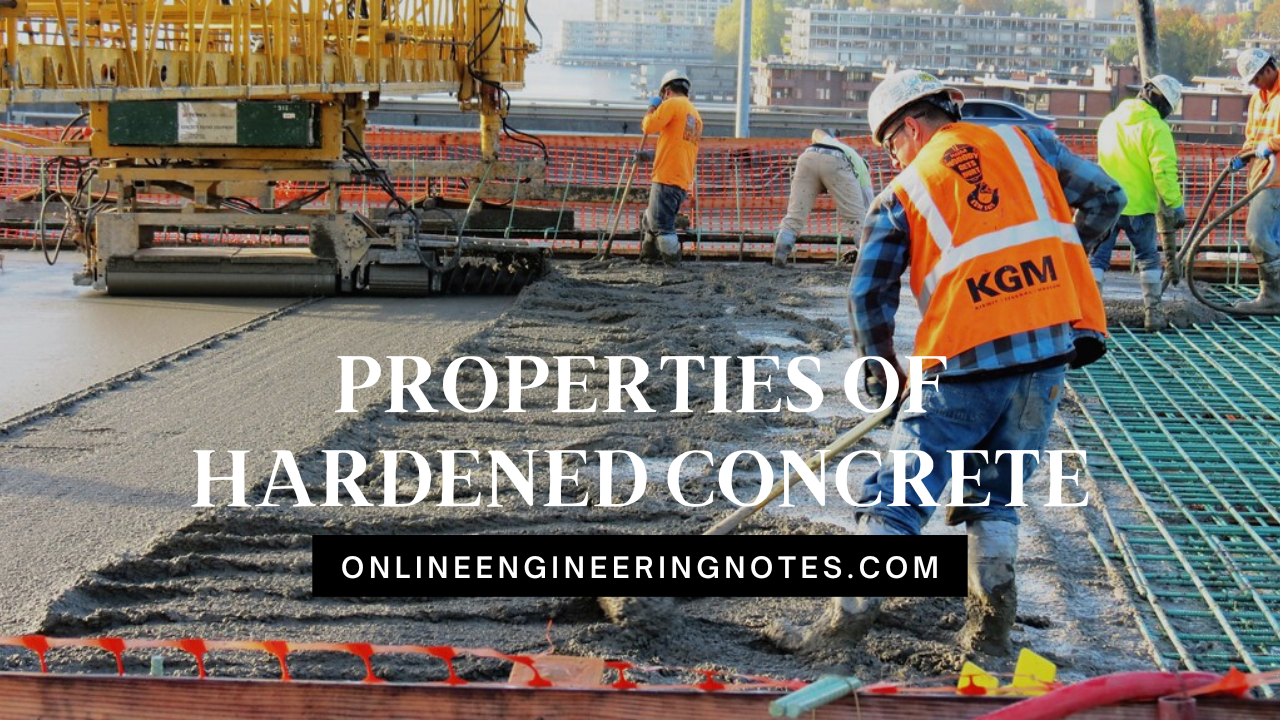About the Author: Nirdesh Singh Karki
Hi there! I’m Nirdesh Singh Karki, the person who’s passionate about making engineering easier for you. I studied Civil Engineering, and now I’m on a mission to share what I know in a simple and fun way. I take all those big, complicated engineering ideas and turn them into something you can understand, like a … Read more


